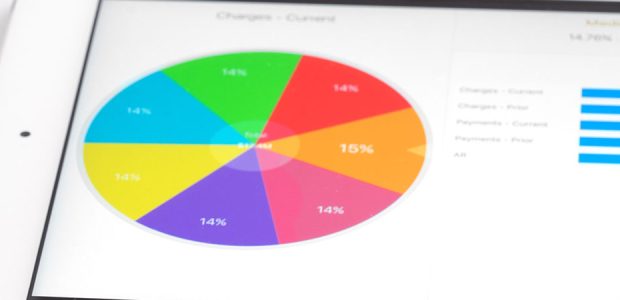Long gone are the days when Google couldn’t read images, and SEO was strictly focused on text content. Today, we are much more aware that the visuals on our website can actually make a difference that will ultimately improve our SEO rankings.
Given that 65% of people are visual learners, 90% of information that enters the brain is visual, so presentations with visual aides are 43% more convincing. Therefore, it makes sense to select content types with which people have a natural psychological resonance.
One of the first steps here is to produce high-quality, original images and include them in your SEO-optimized content. Some fine examples of this practice might include:
- Diagrams that visually explain an idea
- Charts from original research
- Flowcharts that depict a process
As clearly stated, stock photography is not included. Once you have these types of images ready, start adding them to your keyword-focused pages and stand back to watch your ranking shine. Here is how.
Take Smart Advantage of Copyright Violators
A picture is said to be worth a thousand words, but when it comes to link building, it can literally be worth a thousand links.
Here is a good strategy on how to build links with images.
Most times when someone uses your images will give you credit with a link, but that is not always the case. However, there is an easy way to find and claim links that have been used without your authorization.
A Google reverse image search is the simplest way to accomplish this. Quickly add your image or enter the URL, and Google will return pages where it believes the image is being used.
You then need to comb through the findings to ensure:
- Your image is visible on the website.
- They are not giving you credit with a link.
- You would like a link from this website.
Make a note of the page in a spreadsheet if all of the above is true.
Next, reach out via email to ask for a link to be added to the source, and you are pretty much done.
Optimizing Mobile Search Snippets
Even if they don’t improve rankings or help with links, images can affect search click-through rates because they are frequently taken from content and displayed by Google within search snippets. This is especially prevalent on mobile devices.
Images could be the source of lower-than-expected click-through rates from mobile searches to a URL. Images that are more attractive and relevant may increase traffic from current rankings.
Images in Featured Snippets
To earn the featured snippet, you must first rank on page one. Writing in simple grammatical forms (as if for a dictionary) and using simple list formatting (as in, brief items within <li> tags) can help you get there.
It is safe to say that images will play a role, as well. Even if your page is not actually included in that snippet, your image might still find its way there.
When there are extremely useful images from one site and wonderful snippets from another, it makes sense to point all those with “amazing images” in the direction of Google Image best practices. The combination of both will certainly improve the user’s experience. So, if your amazing image of a diagram or a chart is linked to the featured snippet, that means that the user is just a few clicks away from the Visit button that will bring them to your article.
Increased Stay Time and Favorable “User Interaction Signals”
User interaction signals, also known as “user signals,” “user experience signals,” or even “UX signals,” are key variables for the search engine to determine whether or not the page is satisfactory.
There are usually two scenarios on what might happen once a user reaches your website. They will either stay for a few seconds and leave or stay for a longer time and actually go through your content. The user bounced in both circumstances, but the second visit with a longer stay time, however, conveyed a quite different signal to Google, informing it that your website earns a high rank.
And what is the key to a long stay time? Content that rapidly engages and holds the visitor’s attention. That means no long, boring, blocky paragraphs and plenty of eye-catching visuals.
The Importance of Visuals
After all this, you should have a better understanding of how important visuals are to SEO. You invest in quality content writers, so why not invest in quality images, as well?
Think about rankings, authority, and clickthrough rates, but most of all – think about your visitors.


